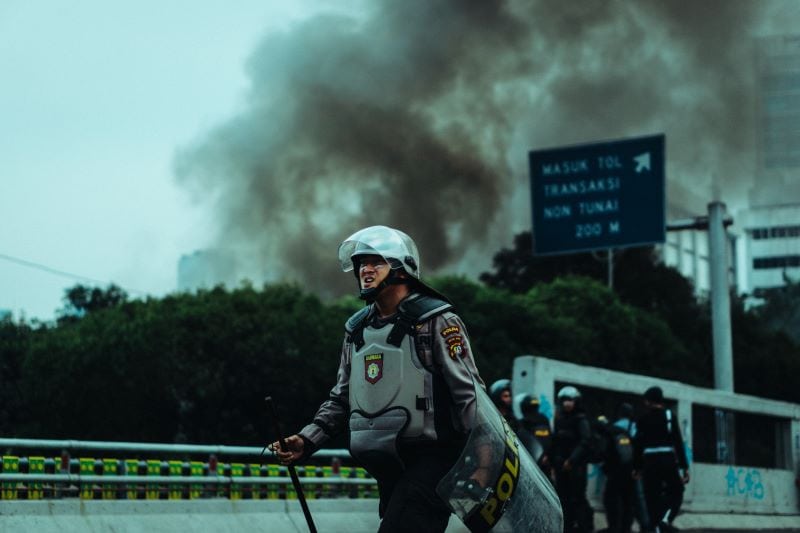
What you should know about the ballistic shield Weight
Bunker shields, ballistic blankets, or ballistic shields, however you choose to call it, it remains a major blockage against armed resistance. Specifically designed to stop bullets and large projectiles, ballistic shields are majorly used by foot soldiers or mobile soldiers. Ballistic shields can be used by SWAT, special operations, and emergency response teams for different scenarios. Around the world, ballistic shields are used to help neutralize threats quickly. You would find ballistic shields in situations such as high-risk search warrants, raids on drug houses and active shooter among many others.
Ballistic shields are often used to provide personal protection for soldiers or other bearer in different situations. However, there have been a long list of complaint about the burdensome weight of the shield over the year. Luckily, ballistic shields appear to have undergone some important modifications over the last couple of years. While most of these modifications are aimed at getting the shield to offer better performance in specific applications, there have also been concentration on reducing the weight of shields without tampering with its ballistic capability.
Prior to these modifications, there have been troubles about ballistic shields being heavy. This often made them difficult to carry for a long period of time. Due to its heavy weight, it tends to have a negative impact on the bearer’s speed and mobility as it significantly reduced. This effect is even more evident in a case where the bearer needs to cover a lot of ground quickly.
Thanks to the introduction of ballistic materials such as hybrid composites, carbon fiber, Kevlar and ceramic, there have been significant reduction in the ballistic shield weight. For instance, Level III shields went from 50 lbs. (23 kg) to 14 lbs. (6 kg) in 10 years. With this, officers can have more protection, more mobility, and less weight.
Check out the rest of our blog posts here.